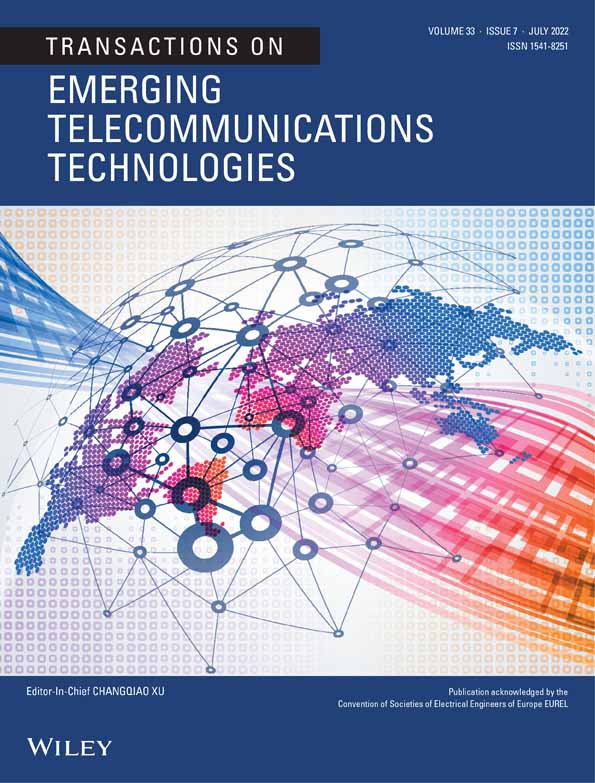Decentralized prediction and reputation approach in vehicular networks
Funding information: European Regional Development Fund, MSER
Abstract
A vehicle ad-hoc network (VANET) is an essential component of the intelligent transportation system. In VANET, vehicle-to-vehicle communication plays a significant role in providing a secure network and safe exchange of information between nodes. However, VANET is prone to critical risks, threats, and attacks due to its unique characteristics and dynamic topology. Trust is one of the most critical aspects of security. So, this concept has already proved its accuracy and efficiency in various wireless applications. To ensure trust in vehicular communications, we propose a decentralized prediction and reputation approach that includes two models. First, we introduce a reputation model based on the Bayesian theorem and watchdog concept. We investigate the vehicle's behavior in the network to measure the vehicle's trust rate. Then, we present a prediction model to anticipate the vehicle's state and detect malicious vehicles. Based on this approach, vehicles can avoid interacting with unreliable vehicles and ignore incoming messages from them to reduce the effect of malicious nodes in the network. Our extensive simulations show the performance and accuracy of our approach. Also, the certainty rate remains between 91% and 99% regardless of the simulation scenario's duration. This simulation also demonstrates our classification's certainty, even under different network situations.
Open Research
Data Availability Statement
Data sharing not applicable to this article as no datasets were generated or analyzed during the current study.




